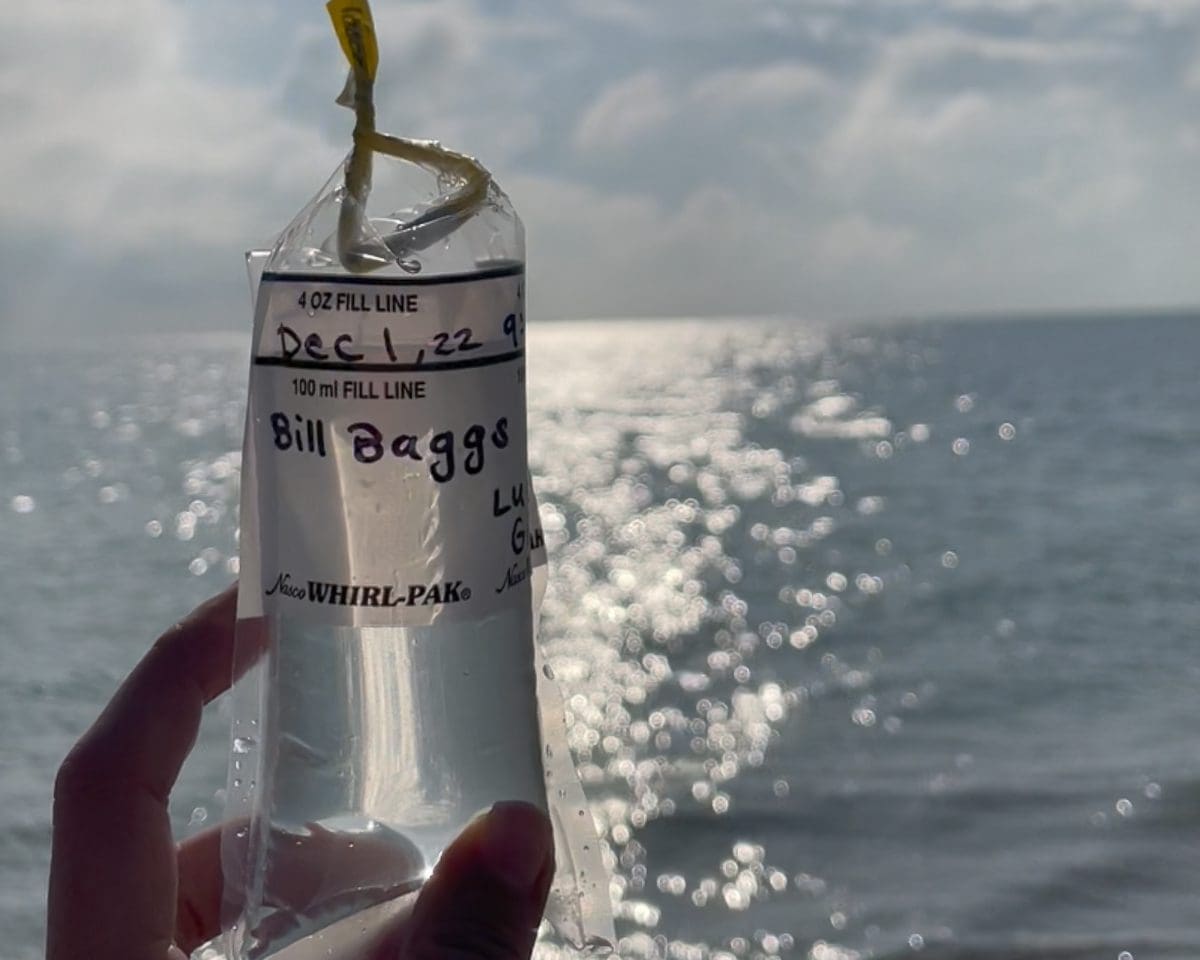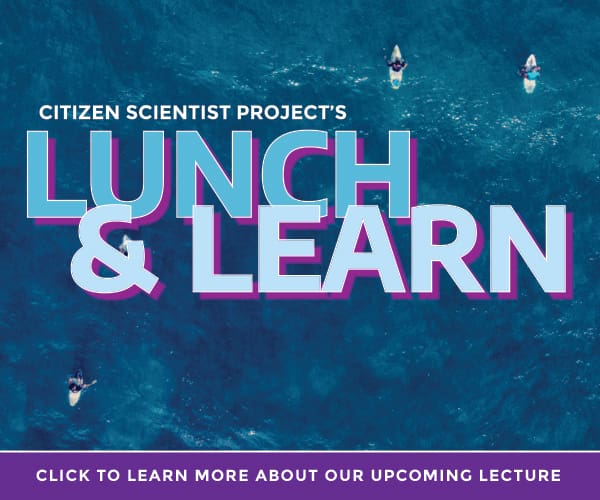It’s a beautiful day in Key Biscayne down by the lighthouse. I’m on my third beach of the day, collecting water quality samples with Surfrider Miami, a nonprofit that protects beaches, to measure bacteria levels and inform swim advisories. Each beach is so unique and different from the last, I almost forget I’m here to conduct water sample collections. I walk directly into the water and immerse myself up to my knees.
It’s the early morning in Miami, so the ocean water is twinkling like diamonds. But it’s better than diamonds, it’s the Atlantic Ocean in our backyard.
Ocean water gives us a snapshot of the ocean’s health. It tells us what has found its way to the ocean from land such as nutrients, heavy metals, fertilizers, and microplastics. It also tells us the levels of bacteria, such as bacteria Enterococcus, a fecal indicator bacteria. In Miami, we can see that water quality is correlated with the ever-growing population. Compared to the smaller cities lying north of the metropolitan hub, water quality is greatly decreased due to an increase in pollutants. Local nonprofit initiatives such as Miami Waterkeeper and Surfrider take weekly samples of beaches on Key Biscayne to advise the community when it is safe to go swimming.
There’s more to these water samples than their bacterial and molecular contents, however. Key Biscayne water quality samples taken of the ocean and estuaries, such as Biscayne Bay, inform long term data and are a measure of human health in the city as well. If you look closely, they will tell you a lot about our culture, our priorities, and what kind of lifestyles we’re living.
Increasing nutrient levels reflect the exponential population growth and development, and lack of infrastructure to support it. Biscayne Bay, Key Biscayne’s treasured front doorstep, reports high levels of nitrogen coming predominantly from sewage leaks and spills reported by the Miami Waterkeeper and City of Miami in a 2022 Biscayne Bay Health Report. Millions of gallons of sewage were spilled in Biscayne Bay in 2022. Low levels of oxygen in the Bay result from the high levels of agricultural runoff from development of Florida’s natural watershed, leading to harmful algae blooms. These impacts reflect an increasingly urbanized society living an unsustainable lifestyle. With Key Biscayne lying between Biscayne Bay and Atlantic Ocean and, our island’s health and environments depend on the Bay and oceanic health.
The quality of the water reflects the relationship we have with the ocean and waterways. This is good news! This means we can improve our relationship with the ocean and improve local water quality by making sustainable choices.
Local news depends on support from readers like you. Please, donate today
Start by decreasing your dependence on long-lasting plastic by using reusable glass or metal bottles and containers. Bringing a reusable coffee mug to your favorite coffee shop can help reduce plastic pollution. Protect natural wildlife by using reef-safe mineral, non-chemical sunscreen. Practice safe boating by anchoring in sand and following no wake zones to avoid damage to coastal ecosystems. Vote for local and statewide legislation that supports clean water and effective water management and stay informed on environmental bills can help make an impact like the Right to Clean and Healthy Waters amendment to the constitution, being voted on statewide in 2024.
Key Biscayne water samples came back showing safe levels of Enterococcus bacteria! I want to keep enjoying our coastlines, so let’s do our part to keep our waterways clean!
__________
This column is part of the KBI’s partnership with the Rosenstiel Sustainability Initiative, a program launched by graduate students at the The Rosenstiel School of Marine and Atmospheric Science University of Miami.
LUCIA GIL was born in Costa Rica and moved to South Florida when she was young, where she fell in love with the Southeast coast and its beautiful diverse ecosystems. Her life was spent along the coast of South Florida, spending time living in Miami, Broward, Palm Beach, and up north in Martin County. She studied Biology and Chemistry in Florida State University and carried out coral and biogeochemistry research at FSU’s Coastal Marine Lab, where she decided her life would be spent among Florida’s beautiful reefs. She currently studies Marine Conservation at the University of Miami’s Rosenstiel School of Marine, Earth, and Atmospheric Science, and is interested in learning how best to protect our coastline ecosystems through research and communication.


